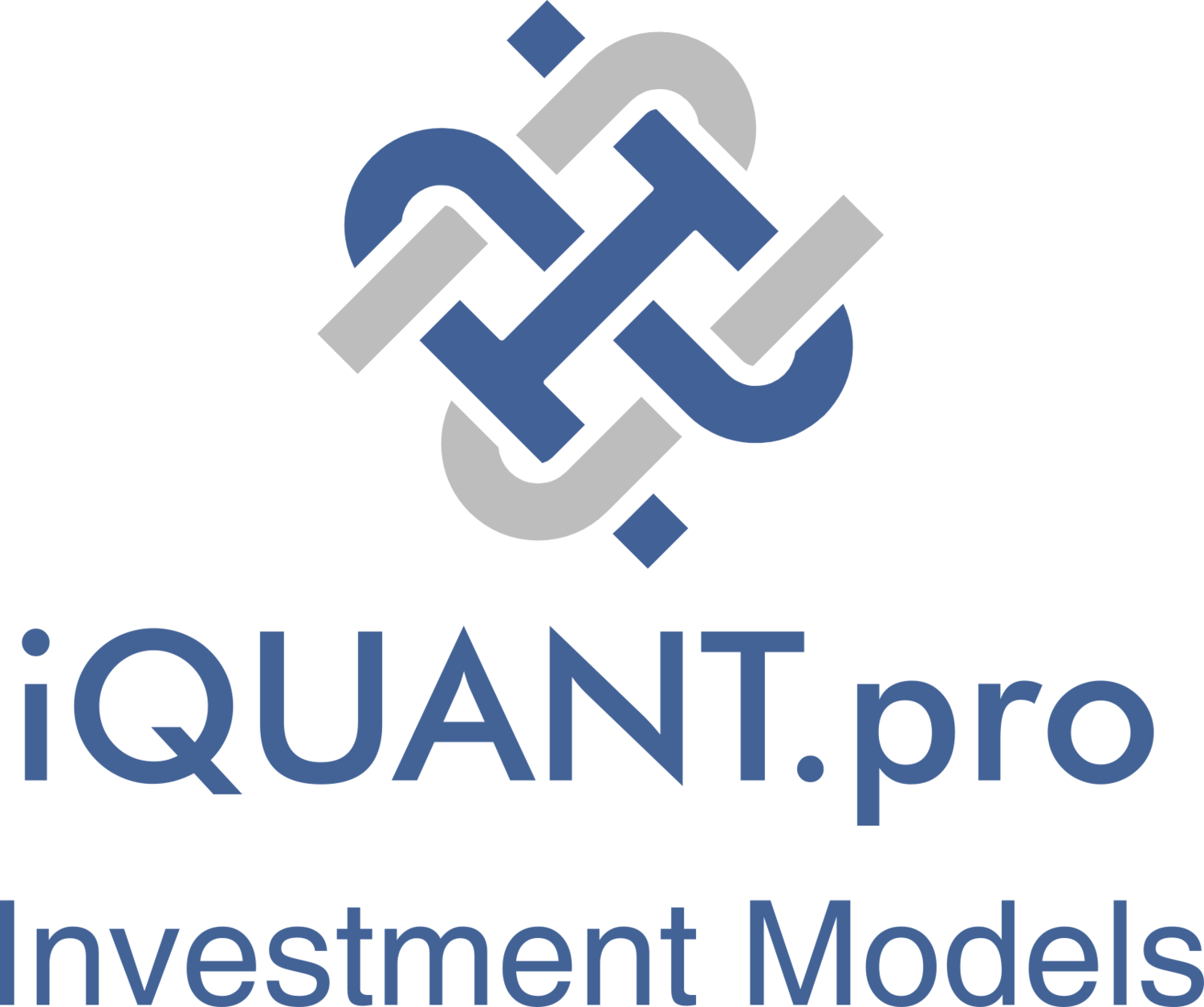Why isn’t my 25% International, 25% All Asset, and 50% All-Cap portfolio acting like the domestic large-cap S&P 500?
If you're measuring your investment portfolio's direction (and short-term performance) against the S&P 500, but it includes investments outside of domestic mega-cap stocks, you might be making a mistake that could lead to confusion and frustration for both you and your clients moving forward.
For instance, if your investment portfolio includes all-asset, bonds, defensive, international, or risk-on/risk-off models, using the S&P 500 as a benchmark is not realistic. Here's why: the S&P 500 is structured as a market cap-weighted index, which disproportionately represents huge technology companies.
If you want a portfolio that mirrors a domestic large-cap index, stick to domestic large-cap models. It may sound simple, but simplicity is often the hardest path to follow.
Targeting the S&P 500 with iQUANT ETF Models
If you're looking for an ETF model that's a stand-in for the S&P 500, the iQ Equity ETF Growth Model is likely your best choice.
This model keeps things simple by always staying invested in U.S. stock ETFs—never holding cash or betting against the market. It focuses on U.S. stocks, similar to the S&P 500, making it the only iQUANT model that closely trends the index. It’s a great choice if you want an investment that moves with the U.S. market without adding international stocks or bonds. Sometimes, the model may pick ETFs that aren’t large cap, but only if they meet its strict rules.
With that in mind, a model that only invests in domestic large-cap stock ETFs might not offer much protection against downturns. It's a trade-off; everyone loves the S&P 500 when it's climbing, but when it starts to fall...
This is exactly why it's important to clearly articulate the investment strategies and the distinct characteristics of each portfolio when discussing matters with clients.
Our members often use the iQ ETF Momentum and iQ ETF Style Box Rotation models to track the S&P 500. Although these are great models, they typically don't match the S&P 500 as closely in the short term as a simple domestic long-only equity ETF model.
The iQ ETF Momentum Model may occasionally favor domestic stock ETFs; however, its initial universe includes all domestically traded ETFs across various asset classes. As a result, it can select all-cap, bond, commodity, or international ETFs, leading to lower correlation with the S&P 500 Index.
Similarly, the iQ ETF Style Box Rotation (available in monthly and quarterly options) and iQ ETF Sector Allocation models are exceptional. However, each utilizes either a risk-on/risk-off approach or can select inverse ETFs, which limits their correlation to the S&P 500 Index.
Targeting the S&P 500 with iQUANT Stock Models
To accurately aim for S&P 500-like performance using iQUANT's stock models, you should restrict your selection in the Optimizer tool to only large-cap models. You can achieve this by entering "100" in the minimum field of the "Large Cap Models" category. Additionally, ensure you exclude international exposure by setting the "Maximum" value to "0" in the "All International" section under the "International Stocks" dropdown menu.
Here’s an example of a large cap portfolio of iQUANT models that is strictly large-cap domestic: https://opt.iquant.pro/pdf/aRzh3J.pdf. The Optimizer code is aRzh3J.
Although this mix hasn’t outperformed the S&P 500 Index every calendar year, it has consistently trended in the same direction as the Index over the past 20 years.
Popular iQUANT models, such as the iQ Greatest Hits, iQ Global Style Box Rotation, iQ 40 Days, and iQ All Cap Share Buyback models, may not track the S&P 500 Index in the short term as they are not limited to domestic large cap stocks. Last year, all except the iQ All Cap Share Buyback model underperformed the S&P 500 Index, even though they have strong histories of achieving higher long-term compound annual growth rates (CAGRs).
Short-Term Tracking vs. Long-Term Goals: Helping Clients Decide
As mentioned in last week’s blog, a high long-term CAGR does not always equate to high short-term correlation. No matter how strong a portfolio may be, if it isn’t composed entirely of domestic large-cap stocks, there will be short-term periods where it won’t align with the mega-cap and technology-heavy S&P 500 Index.
So, you need to put it on the table for clients.
If a client wants a portfolio that closely tracks the ups and downs of the S&P 500, you can stick to models focused on large-cap domestic stocks. However, if their goal is long-term efficiency, a more diversified portfolio may be the better choice—even though it won’t always capture 100% of the S&P 500’s short-term upside. In these cases, it’s important to remind your client (and yourself) that the portfolio is designed to follow its own path.
Ultimately, the decision is yours and your clients' to make. Whatever you choose, it's important to know what you own. To support you in this, we'll soon be introducing a style box feature on our Model Finder and Find Ur Strategy tools, making it even easier to find the right fit.
